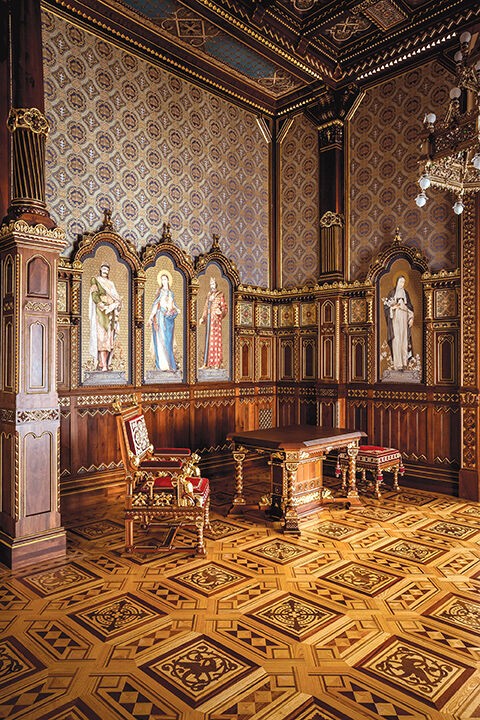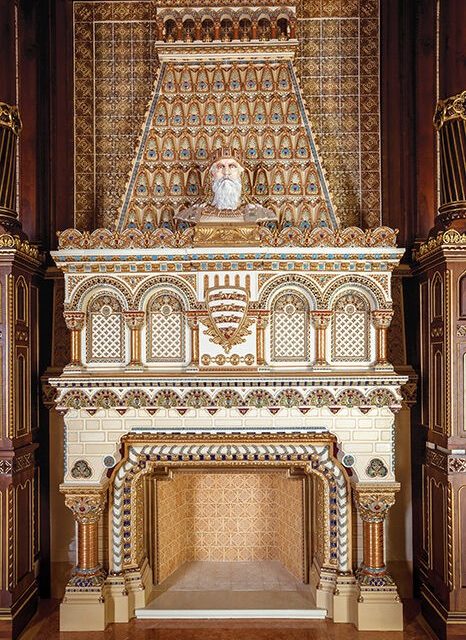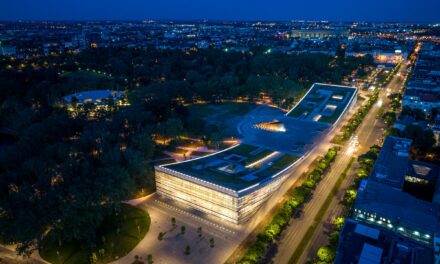vasarnap.hu reported that in two weeks, on August 20, the reborn Szent István hall will open its doors, and at the same time, the exhibition connected to the historical hall recreated in its original form will be open to the public .
The exhibition not only shows how the peak performance of Hungarian applied art was created, but also provides an insight into the legacy of King Szent István and its contemporary artistic interpretation. The exhibition will also feature important and exciting works from an international perspective. Those interested can visit the hall and the exhibition for free in the first few days, pre-registration is available from August 6 on the website Szentistvánterem.hu.
The path to the Szent István hall, which has been reconstructed with complete historical fidelity, leads through a special exhibition. The series of rooms on the first floor of the southern connecting wing of Budavári Palace provides an introduction for the visitor until he gets to the room.
Vilmos Aba-Novák's painting is considered a sensation , although art history knew about its existence, but it was not shown in an exhibition until now.
The work, born in 1936, depicts the moment when St. Stephen offers the crown to the Virgin Mary . The painting was originally created as a fresco design for the Városmajor church in Budapest, and in 1938 it won the distinguished first prize at the Szent István exhibition of the Műcsarnok.
In addition to paintings, graphics, sculptures, installations and short films , we can also see the large herm of Saint Stephen made in Rome in 1635, the special pedestal of which was made by the greatest sculptor of the era, Giovanni Lorenzo Bernini. One of the largest herms in the world has been kept in the cathedral of the diocese of Zagreb since its creation, and now we can admire it for the first time in Budapest.
The visual artist Sámuel Havadtőy created the installation based on ten gates specifically for this location, which is based on the almost thousand-year-old text of the admonitions of King Szent István to Prince Imre. The work also includes a short film, in which the icons of Hungarian cultural life also say a sentence close to them from the ten chapters of the work. In the interpretation of Albert-László Barabási, András Berecz, Gyula Bodrogi, Csaba Böjte, Krisztina Egerszegi, Sámuel Havadtőy, Erika Miklósa, Zsuzsa Péreli, Zsuzsa Rakovszky and Tamás Vásáry, the Intelmek's sentences seem especially current.

The historic hall and exhibition, which opens on August 20, can be visited for free in the first few days, with shortened group guided tours starting at 10 a.m. every quarter of an hour. You can register for the announced dates in advance on Szentistvánterem.hu. Visitors are also welcome without a reservation, who can join the next tour on the spot, based on the order of arrival, with a limited number of people.












